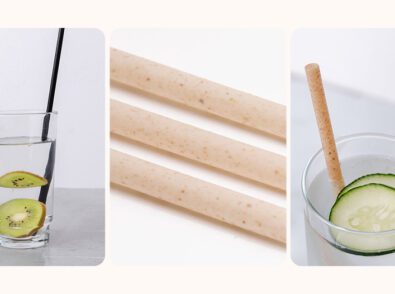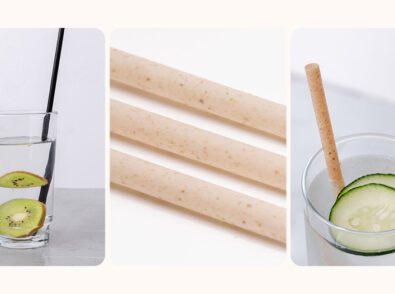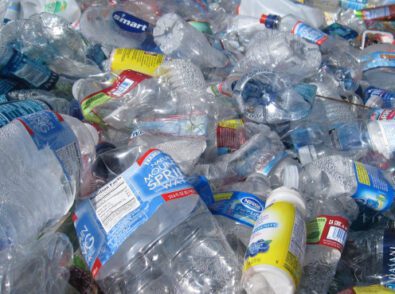New Foodware Ordinances on Single-Use Plastics: Food For Thought

Most people don’t need to be told that excessive packaging and petroleum-based plastics harm our planet. The reduce-reuse-recycle messaging has been in the public domain for decades, and many of us do our best to limit the amounts of single-use items we purchase.
It’s even reaching a point where consumers choose not to do business with brands that continue to use excessive packaging or single-use plastics. The writing is on the wall, scorched into the earth, and spelled out in heaps of garbage that can’t be burned, broken down, or repurposed in any helpful way.
The food, beverage, travel, and hospitality industries, particularly, are reaching a critical mass in this area as more governments set ordinances banning single-use plastics and polystyrene. Many depend on these items for takeout containers and food wrap (for example). Because they are cheap and widely available, the idea of switching to significantly more expensive alternatives is forcing them to revisit pricing structures at the very least.
Today, we’ll discuss everything you need to know about single-use disposables, where they are banned, and how to switch to compostable products without taking a bite out of the bottom line.
The Different Types of Single-Use Disposables
Here’s a brief overview of single-use disposables typically found in food service:
- Foam coffee cups
- Plastic coffee lids
- Stir sticks
- Foam takeout container
- Plastic cutlery
- Condiment packets
- Plastic ramekins
- Straws
- Plates, bowls, etc.
- Plastic water bottles
- Foam food trays
- Plastic bags
- Plastic wraps
- Films
- Packing peanuts
- Foam food trays
- Foam egg cartons
And the list goes on. If you shop at a grocery store—or any store for that matter—you will likely come in contact with some or all of the above.
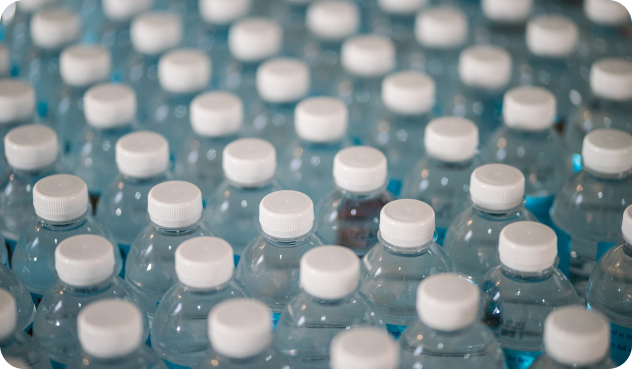
Store Drop-Off Recycling for Plastics
Some items, like film, water bottles, plastic bags, cereal bags, and most plastic wraps and air pillow bags, are recyclable through store drop-off programs but not in the curbside bin. The accepting location then sells the plastic back to manufacturers that make it into other products, like building materials and fabric for clothing and upholstery.
Polystyrene Recycling
Polystyrene is recyclable, but only through an advanced chemical process that converts it back into its previous state and then made into similar products. As you can imagine, with something as toxic as styrene, breaking it down and remanufacturing it is incredibly harmful to the environment and people. As most recycling programs do not accept it, polystyrene usually ends up in landfills.
Reusable Plastics
More recently, many restaurants have switched to reusable plastic for takeout containers, but it’s more of a case of “less bad,” as opposed to being an awesome solution. Sure, people can reuse the containers, but one, black plastic isn’t often accepted for recycling, and two, if you order takeout frequently, chances are you have a stockpile, so plenty of them will inevitably end up in a landfill.
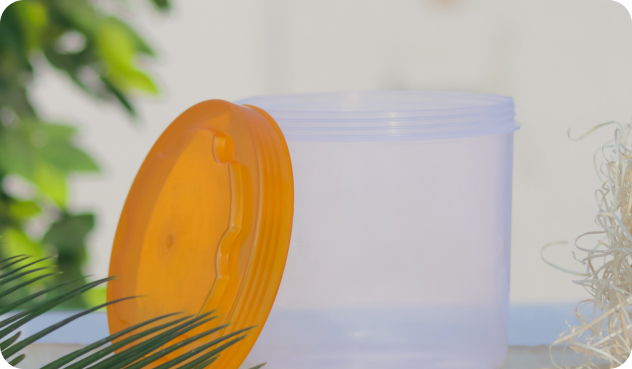
Single-Use Compostables
Single-use disposables can also be made from compostable materials, such as paper, organic fibers like agave, soy protein, tapioca starch, cellulose, sugar cane, corn, potato, lactic acid, PHA (a material made from Canola oil), or bioplastic. Most products listed here can be composted at home or in the organic curbside bin, except for bioplastics.
Current Ordinances and Bans Against Foam and Plastic
Many cities, counties, and countries are implementing bans and restrictions on single-use items. Though traction is ramping up across the country, we are still behind other parts of the world in this area. For example, you won’t find plastic bags anywhere in Europe, and single-use plastics have been banned since July 2021.
In the US, phaseouts are ongoing, and outright bans are imminent. As of 2022, only eight states and one territory have banned using and selling polystyrene foam except in unique cases, such as for raw seafood and medical or biological materials.
How to Dispose of Compostable Products Properly
There are two distinct types of compostable materials. One can be disposed of in any home composting program, and the other goes into industrial compost. The industrial method is suitable for all organic waste, including bioplastics, which can neither be composted at home nor mixed with different types of plastic.
Tips to Minimize Waste: Reduce, Reuse, Recycle
There’s no question that the foodservice industry is a significant player in single-use plastic consumption. Imagine what a difference we could make if everybody committed to doing their part!
Even if you can’t make an immediate and sweeping change, there are ways to take smaller steps toward the ultimate goal and minimize your impact.
Here are a few tips to get you started:
- Reduce your use of single-use plastics. Eliminate what you don’t need immediately and start looking for alternatives where you can.
- Eliminate stir sticks by servers pre-mixing beverages before they are served.Use fiber based take out containers
- Do not purchase items with excessive packaging, and work with suppliers to steer them away from this practice
- Reuse containers as much as possible. Encourage diners to bring their own takeaway containers or choose metal or fiber containers that can be reused at home.
- Recycle. Prioritize recyclable products and implement advanced recycling programs, such as store drop-off for film and other items not typically recycled. Find out where your local recycling and composting depots are located, and work them into your recycling program.
- Compost. If you don’t already compost, get started. If you don’t have a composting program in your area, consider starting your own. Compost can be given to local community gardens or farmers for their use.
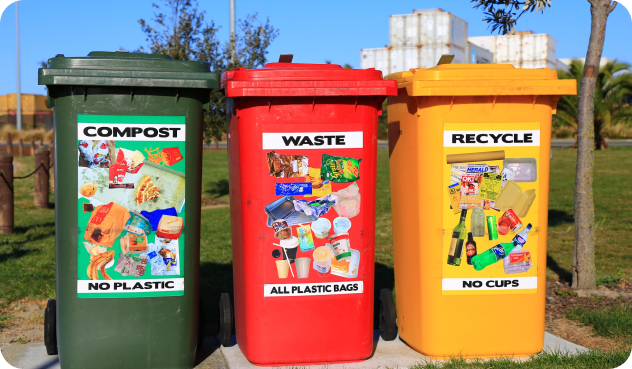
Switching to Compostable Products
With the variety of compostables entering the market, finding an alternative to single-use plastics should not be too difficult for food service providers. Ideally, you’ll want to find products that are simple to recycle and dispose of, cost-effective, and attractive to the end customer.
Choosing a supplier is often the most challenging part, especially if you are high-volume. You need consistency, great customer service, and, ideally, a company with a low carbon footprint (i.e., local, digitized, and committed to manufacturing sustainability).
Here at Greenprint, we adhere to the highest standards in manufacturing and is certified by HACCP, GMP, FSSC, and Global Recycled Standard (GRS). Our commitment to quality and sustainability goes above and beyond requirements, and we are dedicated to supporting our customers in achieving these values as we advance our mission.
Final Thoughts
Climate impact concerns everyone. As an industry, hospitality, and foodservice are significant contributors, partly due to their reliance on single-use plastics. The good news is there are viable, affordable solutions that turn the tables, helping you get on the right side of the planet’s future.
Browse our compostable products selection or connect with us today to tell us about your needs.
References
- https://www.epa.gov/recycle
- https://www.forbes.com/sites/blakemorgan/2021/04/19/customers-hate-plastic-packaging-so-why-do-companies-keep-using-it/?sh=3c3700fe192c
- https://how2recycle.info/sdo
- https://www.forbes.com/sites/jeffkart/2021/01/18/you-donut-need-a-single-use-plastic-straw-the-biodegradable-phade-is-available-at-dunkin-and-other-locations/?sh=3378dbc04982
- https://environment.ec.europa.eu/topics/plastics/single-use-plastics/eu-restrictions-certain-single-use-plastics_en#:~:text=The%20EU%20is%20acting%20against,of%20the%20EU%20Member%20States.
- https://en.wikipedia.org/wiki/Phase-out_of_polystyrene_foam
- https://www.mygreenlid.com/post/what-are-compostable-plastics
- https://public.tableau.com/app/profile/olga2630/viz/CompostingFacilitiesintheUnitedStates/CompostingFacilitiesStory
- https://www.compostingcouncil.org/page/ProduceCompost
- https://www.who.int/news-room/fact-sheets/detail/climate-change-and-health

